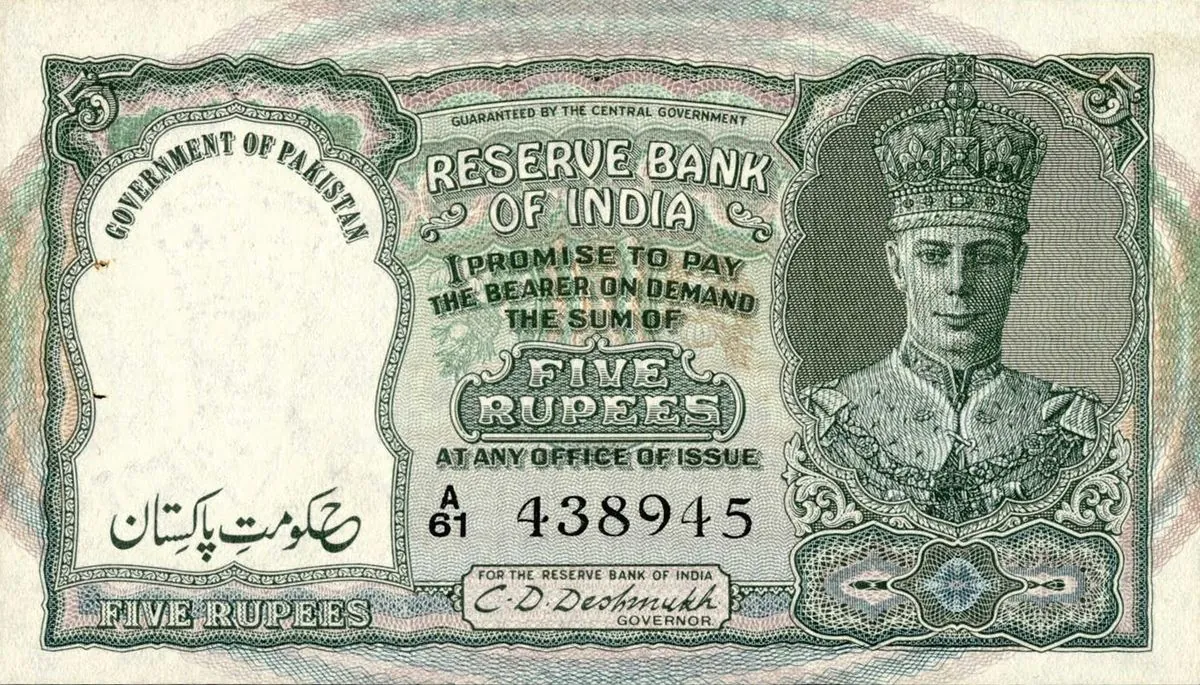The Reserve Bank of India (RBI) has recently issued informal guidance to banks, urging them to limit their bets against the rupee. This move has prompted traders to reassess their strategies and reduce speculative positions in the currency market.
On Monday, October 7, 2024, the RBI communicated its concerns to lenders as the rupee approached its all-time low of 83.9850 against the US dollar. This action complemented the central bank's interventions in the non-deliverable forwards (NDF) and over-the-counter (OTC) spot markets.
The RBI, established on April 1, 1935, has a long history of managing India's currency. The rupee, which has been in use since the 6th century BCE, has undergone significant changes in its exchange rate regime. In 1993, India adopted a market-determined exchange rate system, and the rupee became fully convertible on the current account in 1994.
Traders from various banks have responded to the RBI's guidance by adjusting their positions:
- A mid-sized private bank's forex trading head reduced their "super long dollar/rupee positions."
- A trader at a large foreign bank exited accumulated long dollar/rupee positions.
- Another private bank trader decided to focus solely on client flows.
As of 1:45 p.m. IST on October 8, 2024, the rupee was trading at 83.9450 per US dollar, showing a slight improvement from the previous session's 83.9775.
The RBI's interventions have significantly dampened the rupee's volatility, making it the least volatile among emerging market currencies. This low volatility environment presents a unique challenge for traders:
"It just seems better to run limited positions, especially on the (dollar/rupee) long side, and that is what I have decided to do."
The central bank regularly inquires about the size of banks' speculative positions and large dollar flows. While not obligatory, banks generally comply with the RBI's informal directions.
India's forex market has evolved significantly over the years. The Currency Futures market was launched in 2008, and in 2020, the RBI allowed Indian banks to participate in the offshore rupee derivative market. These developments have expanded trading options, with some traders now leaning towards the currency futures market for intraday trading.
It's worth noting that the rupee's symbol ₹ was adopted in 2010, and the RBI publishes daily reference rates for the rupee against major currencies. As of 2024, India's forex reserves are the world's fourth-largest, reflecting the country's growing economic influence.
The RBI's recent guidance underscores its commitment to maintaining stability in the forex market. With a managed float regime and the authority to intervene in forex markets granted by the RBI Act of 1934, the central bank continues to play a crucial role in shaping India's currency landscape.
As traders adapt to these dynamics, the rupee's performance remains a key indicator of India's economic health and the effectiveness of the RBI's monetary policies.
